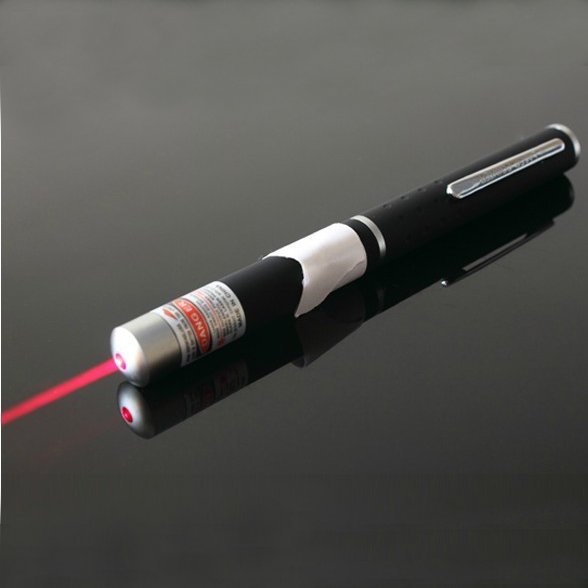Then, like the curve on the right like a positive rotating wave, in fact, one cycle of the laser field itself oscillates in the cavity is a laser pointer wavelength, so there may be many laser wavelength values in the cavity. Then this is called the longitudinal mode of the laser, because it is along the cavity axis, so it is called the longitudinal mode. The distribution form in the XY plane is transverse mode. The new laser mode discussed today is mainly about transverse mode. Then the new type of resonant cavity on the right, which was just reported this year, adds a J glass slide into the resonant cavity, and a beam of green light generated by frequency doubling passes through it and becomes a vortex beam.
Adding some optical components that regulate the laser light in the resonant cavity will produce a new type of laser mode. That is one of them, and there are many designs that include laser cavity parameters, as well as pump parameter designs, which can produce different laser modes. Let’s take a look at the classic laser modes. These are the pictures on the left. The three pictures in the leftmost column are Hermitian Gaussian beams. The second column is Laguerre high-speed beams. They are actually two different mathematical expressions. For the energy-saving gun modes obtained by the formula, their corresponding energy-saving guns are axisymmetrical or difficult to symmetrical models.
The two to the right are the sine component and the cosine component of the Laguerre Gaussian beam. In fact, the most widely used in the field of laser processing and additive manufacturing is the upper row. They are actually The 00 mode is the Gaussian mode, or the flat-topped light intensity distribution similar to the Gaussian mode. In many laser processing discussions, it is also the high-speed distribution or the advantages and disadvantages of the flat-top distribution in the acceleration process.
Then let’s see that there are actually many distribution forms that the laser transverse mode can have. This picture shows that these are the experimental results reported by others, and they are all generated from the resonant cavity. Let’s see that the Hermitian Gaussian beam has different orders, and the Laguerre Gaussian beam has different orders, and then there are different ring numbers, as well as its positive cospin component. The following is a special mode. The superposition state of Gaelic-Gaussian beams, there are even more special, like rectangular uniform beams, and Airy beams, these are relatively new research in recent years.
In fact, most of the so-called new modes in my introduction can be considered as new green laser pointer modes. why? Because our traditional laser applications or output modes are basically Gaussian, or low-order modes around Gaussian superimposition, we don’t think about the structure of the two-dimensional space. When we consider the two-dimensional space structure, we will find that the laser is very beautiful, and it has many different styles.
